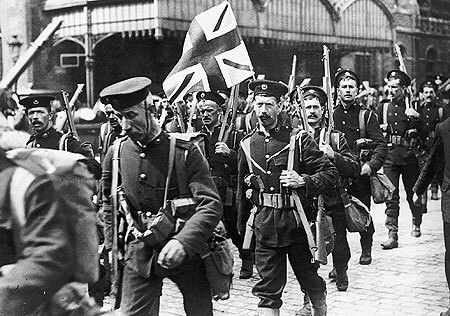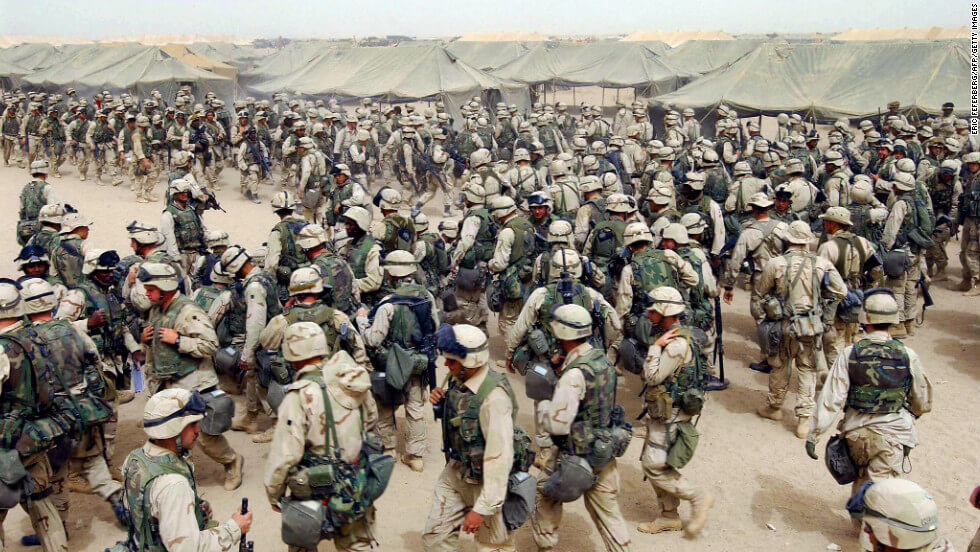About Remembrance Day
Armistice Day is on 11 November and is also known as Remembrance Day …
It marks the day World War One ended, at 11am on the 11th day of the 11th month, back in 1918. A two-minute silence is held at 11am to remember the people who have died in wars.
There is also Remembrance Sunday every year, which falls on the second Sunday in November. This year, it will fall on Sunday 13th November. On this day, there are usually ceremonies at war memorials, cenotaphs and churches throughout the country, as well as abroad. As well as this, The Royal Family and top politicians gather at The Cenotaph in Whitehall, London, for a memorial service.
The anniversary is used to remember all the people who have died in wars, not just World War One. This includes World War Two, the Falklands War, the Gulf War, and conflicts in Afghanistan and Iraq.
The first two-minute silence in Britain was held on 11 November 1919, when King George V asked the public to observe a silence at 11am, which was one year after the end of World War One. He made the request so “the thoughts of everyone may be concentrated on reverent remembrance of the glorious dead”.
Below we list 8 key facts we believe everyone should know about Remembrance Day …
- Remembrance Day was first observed in 1919 throughout the British Commonwealth. It was originally called “Armistice Day” to commemorate armistice agreement that ended the First World War on Monday, November 11, 1918, at 11 a.m.—on the eleventh hour of the eleventh day of the eleventh month
- From 1921 to 1930, Armistice Day was held on the Monday of the week in which November 11 fell. In 1931, Alan Neill, Member of Parliament for Comox–Alberni, introduced a bill to observe Armistice Day only on November 11. Passed by the House of Commons, the bill also changed the name to “Remembrance Day”. The first Remembrance Day was observed on November 11, 1931
- The poppy is the symbol of Remembrance Day. Poppies’ use as a symbol of remembrance was inspired by the poem ‘In Flanders Fields’ by Canadian John McCrae, with its opening lines referring to the thousands of poppies that were the first flowers to grow in the churned-up earth of soldiers’ graves
- Remembrance Day is a federal statutory holiday in some places, such as Canada
- Our Queen lays the first wreath during the national ceremony at the Cenotaph in Whitehall. It is also attended by the Prime Minister, other government officials, representatives of Veterans’ organizations, diplomatic representatives, other dignitaries, Veterans as well as the general public
- Some of the 54 Commonwealth member states, such as Canada and Australia, observe the tradition of Remembrance Day on the eleventh hour of the eleventh day of the eleventh month. Other nations observe a solemn day but at different dates. For example, ANZAC Day is observed in New Zealand on April 25. In South Africa, Poppy Day is marked on the Sunday that falls closest to November 11th
- Many nations that are not members of the Commonwealth also observe Remembrance Day on November 11th, including France, Belgium and Poland
- The United States used to commemorate Armistice Day on November 11. However, in 1954 they changed the name to Veterans Day.


